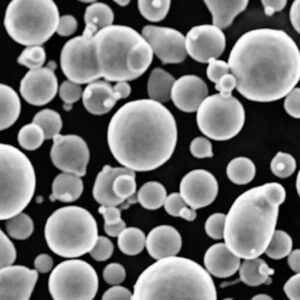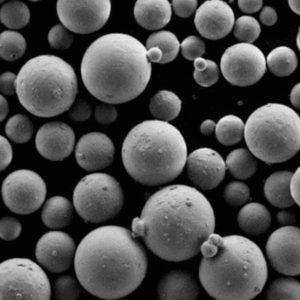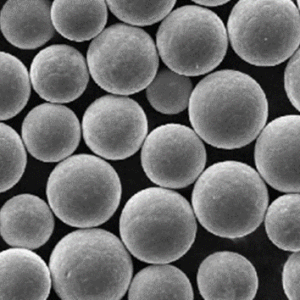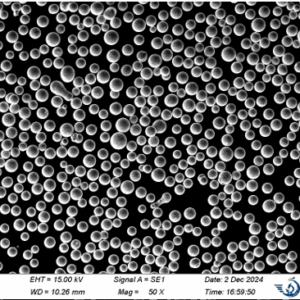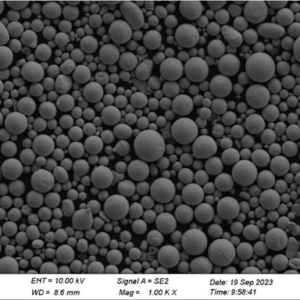When you first hear about “Pure Ta Powder,” it might sound a bit intimidating, but trust me, this tantalum powder is essential in several advanced industries. From aerospace engineering to medical devices and electronics, the high purity of Ta (tantalum) powder is widely recognized for its unique properties, and this article will walk you through everything you need to know. So buckle up! We’re diving deep into the world of tantalum powder—its composition, characteristics, and why it’s become a game changer in modern technology.
Overview of Pure Ta Powder
Tantalum (Ta) is a rare, hard, and corrosion-resistant metal with an atomic number of 73. It has long been known for its ability to withstand extreme conditions, which is why it’s often used in demanding environments like aerospace and medical industries. Pure Ta powder is a finely milled version of this metal and can be customized for various industrial applications, especially those requiring excellent resistance to heat, corrosion, and chemicals.
Key Characteristics of Pure Ta Powder
- High Melting Point: Tantalum has a melting point of 2996°C, making it ideal for high-temperature applications.
- Corrosion Resistance: Ta is resistant to most acids, making it a popular choice for chemical processing equipment.
- Conductivity: Tantalum is a good conductor of electricity and heat.
- Ductility: Tantalum is incredibly ductile, allowing it to be drawn into thin wires or sheets.
- Non-toxic and Biocompatible: Used in medical devices like implants because it is non-reactive with body tissues.
Sounds like a super-metal, right? Let’s dig into the details of tantalum powder models and why they’re relevant to different industries.
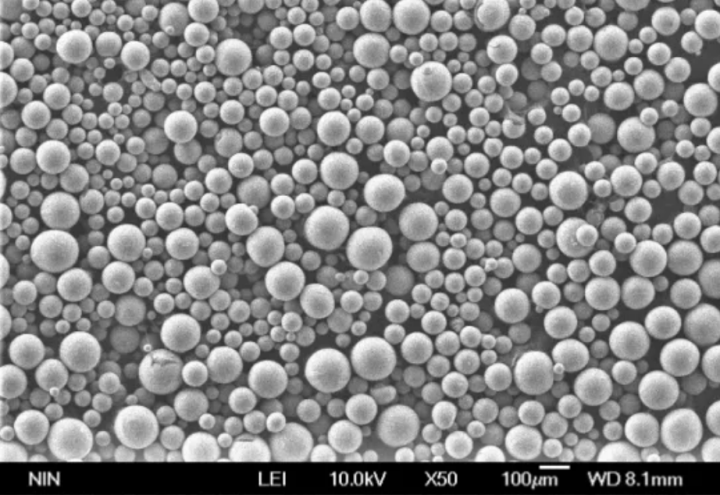
Types and Models of Pure Tantalum Powder
There isn’t just one type of tantalum powder; manufacturers offer various models based on particle size, purity, and specific applications. Below, we’ll explore several prominent models that are commonly used across industries.
| Model | Purity | Particle Size | Main Application | Features |
|---|---|---|---|---|
| Ta-200F | 99.95% | 200 mesh | Capacitors, electronic components | Ultra-fine, high conductivity |
| Ta-325F | 99.97% | 325 mesh | Medical implants, surgical instruments | Ultra-pure, biocompatible |
| Ta-1000F | 99.99% | 1000 mesh | Semiconductor devices, thin films | Extreme purity, ideal for coatings |
| Ta-Spherical | 99.95% | 50-150 microns | 3D printing, additive manufacturing | Spherical shape for flowability |
| Ta-Sponge | 99.9% | Varies | Chemical processing equipment, aerospace parts | Highly porous for chemical applications |
| Ta-High-Density | 99.98% | 100-300 microns | Turbine blades, rocket nozzles | High density for mechanical strength |
| Ta-Nano | 99.99% | <100 nm | High-tech devices, nano-coatings | Nanoscale particles for precision uses |
| Ta-5Nb Alloy | 95% Ta, 5% Nb | 200 mesh | Alloying applications, aerospace, defense | Niobium-enhanced for added strength |
| Ta-Carbonyl | 99.95% | Submicron | Catalyst applications, chemical industry | High surface area |
| Ta-Pyro Powder | 99.92% | 100-500 microns | Pyrotechnics, thermal coatings | Specialized for pyrotechnic reactions |
Each model of Ta powder is suited to a particular set of applications, based on its particle size, purity, and special features. As you can see, these powders serve a variety of high-tech industries, from semiconductors to 3D printing.
Composition of Pure Ta Powder
When we talk about tantalum, purity is everything. The purity of Ta powder plays a huge role in its overall performance. Most industrial applications require tantalum with a purity level of at least 99.95%, but in high-end applications like semiconductors, you might need a purity level closer to 99.99%!
Typical Chemical Composition of Pure Ta Powder:
| Element | Percentage |
|---|---|
| Tantalum (Ta) | 99.95% – 99.99% |
| Oxygen (O) | <0.01% |
| Nitrogen (N) | <0.002% |
| Hydrogen (H) | <0.001% |
| Iron (Fe) | <0.002% |
| Nickel (Ni) | <0.003% |
| Manganese (Mn) | <0.001% |
Purity levels matter because even trace impurities can affect the performance of tantalum, especially in applications where electrical conductivity or corrosion resistance is critical. That’s why industries like aerospace or electronics favor ultra-pure tantalum powders.
Characteristics of Pure Ta Powder
Tantalum powder is often chosen for applications where other materials fall short. Why? Because it brings a unique set of characteristics to the table:
1. High Melting Point
Tantalum has one of the highest melting points of all metals—2996°C! Compare that to aluminum, which melts at just 660°C. This makes tantalum a top choice for applications where extreme heat is involved, such as jet engines or rocket nozzles.
2. Corrosion Resistance
Pure tantalum is incredibly resistant to corrosion, especially in acidic environments. It’s used in chemical processing equipment that comes into contact with highly reactive substances like hydrochloric acid. Other metals might corrode or weaken over time, but not tantalum. It’s practically immune!
3. High Electrical Conductivity
Another reason tantalum is favored in the electronics industry is its excellent electrical conductivity. It’s commonly used in capacitors and high-performance circuits, offering both stability and reliability.
4. Ductility and Malleability
While tantalum is extremely hard, it’s also ductile. That means it can be stretched into thin wires without breaking, making it ideal for intricate components in electronics or medical devices.
5. Biocompatibility
For anyone involved in the medical field, you’ll be pleased to know that tantalum is biocompatible. It doesn’t react with body tissues, which makes it a fantastic material for implants, prosthetics, and surgical instruments.
6. Versatility
From powder coatings to nano-coatings, and from 3D printing to catalyst applications—tantalum’s adaptability is unmatched.
Advantages of Pure Ta Powder
Pure tantalum powder has several distinct advantages that make it the go-to material in various industries. Let’s go through some of these benefits to better understand why it’s favored.
| Advantage | Description |
|---|---|
| High Corrosion Resistance | Outlasts most metals in corrosive environments, leading to longer equipment life |
| High Thermal Stability | Withstands extreme temperatures, ideal for aerospace and high-temperature operations |
| Excellent Electrical Conductivity | Provides reliable performance in electronic components, especially in capacitors |
| Ductility and Malleability | Easy to shape, useful for both industrial components and medical applications |
| Non-reactive and Biocompatible | Safe for use in human implants and non-toxic |
| Versatility Across Industries | From electronics to medical, it’s widely adaptable |
| Recyclable | Tantalum is a sustainable material that can be recycled easily |
Applications of Pure Ta Powder
Because of its impressive characteristics, tantalum powder is used across a variety of industries. It’s not just the aerospace industry that benefits from its high melting point or the electronics industry that loves its conductivity. Its use spans far and wide.
| Industry | Application |
|---|---|
| Aerospace | Turbine blades, rocket nozzles, heat shields |
| Medical | Implants, surgical instruments, prosthetics |
| Electronics | Capacitors, semiconductors, thin films |
| Chemical Processing | Equipment for handling corrosive acids and other chemicals |
| 3D Printing | Used in additive manufacturing for high-performance components |
| Defense | Military hardware, missile components, radar systems |
| Energy | Nuclear reactors, energy storage systems |
| Automotive | High-performance parts, exhaust systems |
As you can see, the applications are practically endless, thanks to the versatility and robustness of tantalum powder.
Specifications, Sizes, and Standards
When it comes to tantalum powder, you’ll find various sizes and grades to meet specific industry needs. In this section, I’ll break down the most common specifications, sizes, and standards.
| Specification | Size Range | Common Grades | Industry Standards |
|---|---|---|---|
| Ta-200F | 200 mesh | 99.95% | ASTM B365, ISO 9001 |
| Ta-Spherical | 50-150 microns | 99.95% | MIL-T-29107 |
| Ta-Nano | <100 nm | 99.99% | IEC standards for semiconductor components |
| Ta-High-Density | 100-300 microns | 99.98% | ASME standards for high-temperature materials |
| Ta-5Nb Alloy | 200 mesh | 95% Ta, 5% Nb | ASTM B708 |
| Ta-Pyro Powder | 100-500 microns | 99.92% | NFPA 495 (pyrotechnic applications) |
These standards help ensure that tantalum powder is produced with consistent quality, and that it meets the required specifications for each industry.
Suppliers and Pricing Details for Pure Ta Powder
Tantalum powder is not exactly cheap—due to the difficulty in extracting tantalum and the rarity of the material. Prices can fluctuate based on purity, size, and application. Below is a rough pricing table from various suppliers.
| Supplier | Model | Price per kg | MOQ | Delivery Time |
|---|---|---|---|---|
| H.C. Starck | Ta-200F | $850 – $1,000 | 10 kg | 4-6 weeks |
| ATI Specialty Materials | Ta-Spherical | $1,200 – $1,500 | 5 kg | 3-4 weeks |
| Global Advanced Metals | Ta-5Nb Alloy | $900 – $1,200 | 15 kg | 2-3 weeks |
| ALB Materials | Ta-Nano | $2,000 – $2,500 | 1 kg | 1-2 weeks |
| Admat Inc. | Ta-Pyro Powder | $750 – $900 | 25 kg | 6-8 weeks |
It’s important to note that prices can fluctuate due to supply chain factors and global market conditions.
Advantages vs. Limitations of Pure Ta Powder
Like everything, Pure Ta powder comes with its pros and cons. Let’s break it down for you.
| Advantages | Limitations |
|---|---|
| High resistance to corrosion in chemical environments | High cost compared to other metals like aluminum or iron |
| Extremely stable under high heat | Difficult to machine due to hardness |
| Biocompatible, making it suitable for medical implants | Limited availability, dependent on mining and refining |
| Superior electrical conductivity, ideal for electronics | Heavy, adding weight to components |
| Highly versatile, used across various industries | Recycling challenges in certain complex applications |
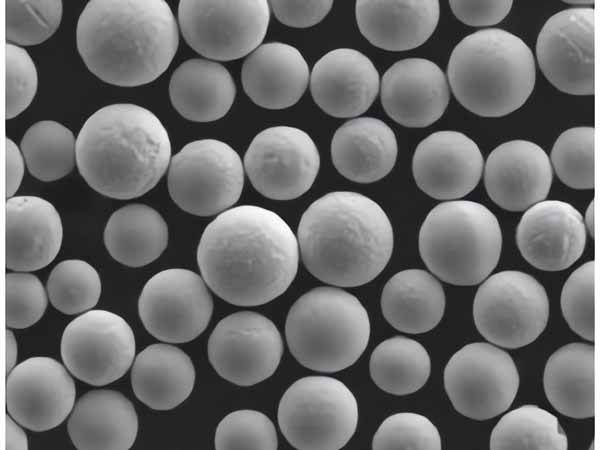
FAQs
| Question | Answer |
|---|---|
| What is the primary use of Pure Ta Powder? | Pure Ta powder is widely used in electronics, medical devices, and aerospace for its unique properties. |
| Is tantalum powder safe for medical implants? | Yes, it’s biocompatible, meaning it won’t react with body tissues, making it perfect for medical use. |
| Why is tantalum so expensive? | The high cost is due to its rarity, extraction process, and refining requirements. |
| Can tantalum powder be recycled? | Yes, tantalum can be recycled, though it can be challenging depending on the application. |
| What industries use the most tantalum? | Electronics, aerospace, chemical processing, and medical industries are the primary users of tantalum. |
| How does tantalum compare to other metals? | It’s more corrosion-resistant and heat-resistant than many other metals, but it’s also more expensive. |
| Can you machine tantalum easily? | No, tantalum is difficult to machine due to its hardness, but modern techniques can help mitigate this. |
In conclusion, Pure Ta powder is an incredibly versatile and high-performing material that finds its way into a variety of industries. Its unique combination of high melting point, corrosion resistance, electrical conductivity, and biocompatibility makes it a valuable asset in advanced technology applications. Whether you’re involved in aerospace, medical, or high-tech electronics, tantalum powder is a material you can count on to deliver results in extreme conditions.

